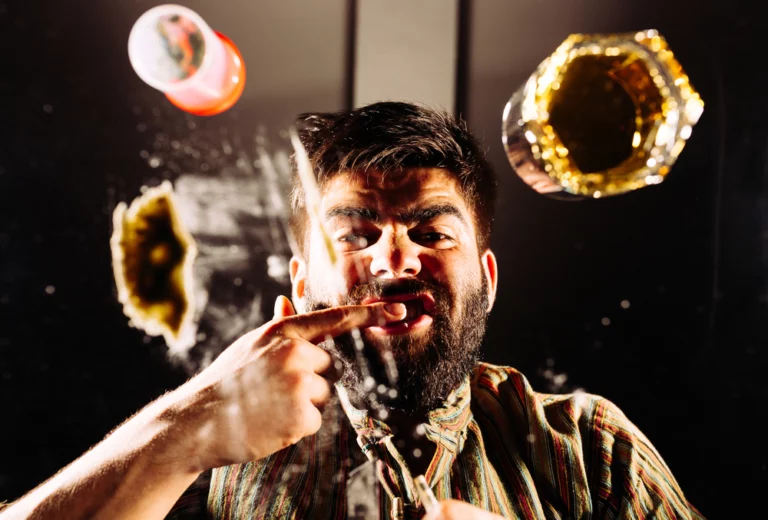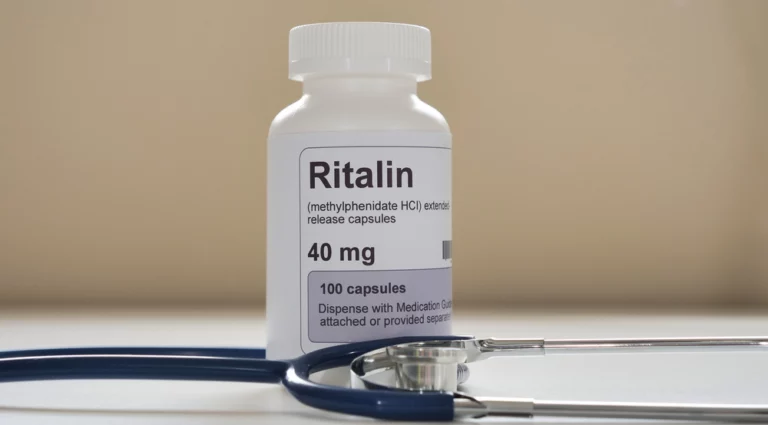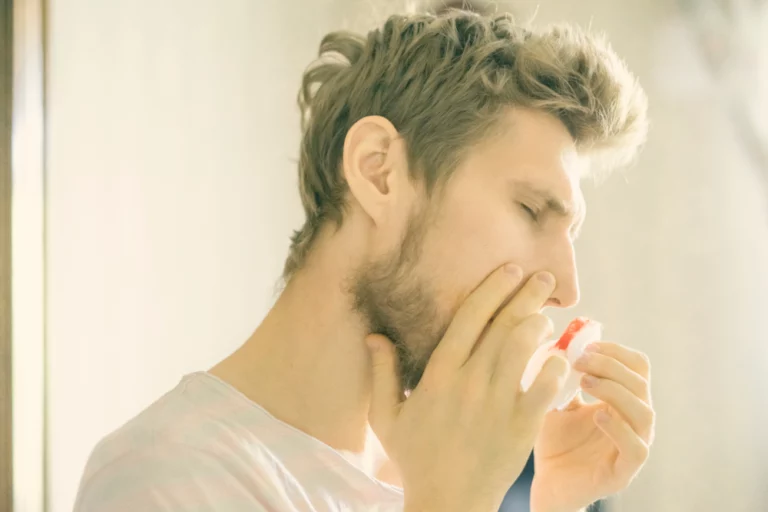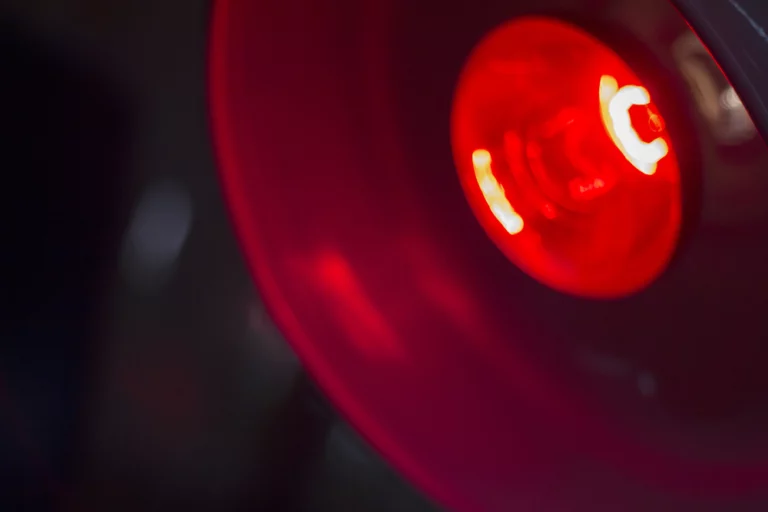The use of light treatments like a red light therapy beds to aid healing has been employed in a variety of forms since the late 1800s. In 1896, Danish physician Niels Rhyberg Finsen developed the first light therapy for a particular type of skin tuberculosis as well as smallpox.
Then, red light therapy (RLT) was used in the 1990s to help scientists grow plants in outer space. Researchers found that intense light emitted by red light-emitting diodes (LEDs) helped promote plant growth as well as photosynthesis. After this discovery, red light was studied for its potential application in medicine, specifically to see if red light therapy could increase energy inside human cells. Scientists hoped that red light could be an effective way to treat the muscle atrophy– muscle deterioration due to lack of movement whether due to injury or lack of physical activity– as well as to slow wound healing and help with bone density issues caused by weightlessness during space travel.
Researchers have since found many used for red light therapy. Stretch marks and wrinkles are said to be reduced by a red light bed found at beauty salons. Red light therapy used in a medical office may be utilized to treat psoriasis, slow-healing wounds, and even some of the side effects of chemotherapy.
What Does a Red Light Therapy Bed Do?
Red light therapy is a natural treatment that utilizes near-infrared light. This technique has numerous advantages, including decreased stress, increased energy, and enhanced focus, as well as a good night’s sleep. A red light therapy bed is similar to tanning beds when it comes to appearance, although red light therapy beds don’t include harmful ultraviolet (UV) radiation.
Is a Red Light Therapy Bed Safe?
There is no evidence that using red light therapy is harmful, at least when used for a short time and in accordance with the instructions. It is non-toxic, non-invasive, and non-harsh compared to some topical skin treatments.
While UV light from the sun or a tanning booth is accountable for cancer, this type of light is not utilized in RLT treatments. It is also not harmful. In the event that products are misused, for example, used too frequently or not in accordance with the directions, your skin or eyes might be damaged. This is why it is essential to undergo red light therapy at a qualified and licensed facility with trained clinicians.
How Often Should You Use a Red Light Therapy Bed?
For many reasons, red light therapy beds have increased in popularity considerably over the past few years. But what are some common guidelines for home treatment? What is a good place to start?
For starters, we recommend using a red light therapy bed three to five times per week for 10 to 20 minutes. Additionally, always seek the consultation of a doctor or dermatologist before starting RLT, especially if you have sensitive skin.
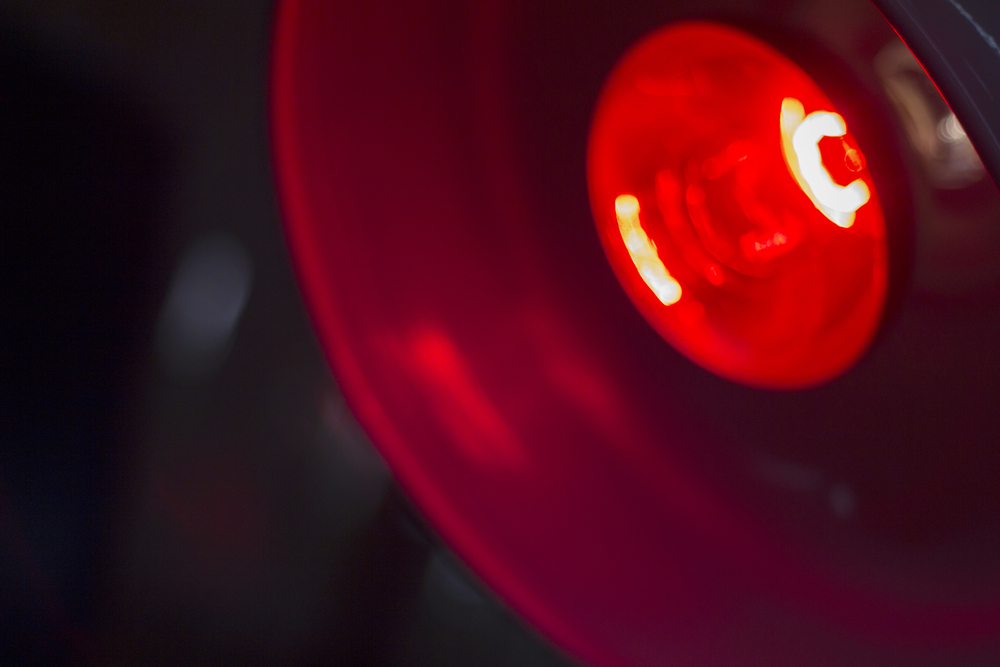
How is an LED Red Light Therapy Bed Different from a Sunbed?
Skin care specialists agree that red light therapy is beneficial. Even though this procedure is offered in tanning salons, it is nowhere near to what tanning is. The most fundamental distinction between tanning and red light therapy is the kind of light they utilize. While the harsh ultraviolet (UV) radiation is utilized in the tanning procedure, a gentle red light is required in red light therapy. As a result, dermatologists strongly advise against tanning.
The cost of red light therapy beds and treatment really depends on what you’re treating, your location, and whether you seek treatment from a healthcare professional or treat yourself using a red light therapy device. In general, expect $25 to $200 per treatment; but at-home red light therapy treatments can be more cost-effective over time.
Types of Red Light Therapy Beds
There are a lot of different quality and price ranges for red light therapy beds on the market. They are not considered medical devices and anyone may purchase them for commercial or home use.
- Medical Grade Beds: Medical-grade red light therapy beds are the preferred option for improving skin health. They are typically found at medical spas, day spas and other wellness centers. The cost per session is usually $100 to $150. They may also be purchased at home if you have the space and budget. Professional-grade beds can cost anywhere from $80,000 to $140,000.
- Non-Medical Grade Beds: You can purchase a non-FDA-approved bed for as little as $5,000. However, it may not offer the same benefits as a professional-grade product and may be detrimental to your skin. If you have the space and the budget, you can purchase a professional-grade bed for your own home. These beds can cost anywhere from $80,000 to $140,000.
Benefits of Red Light Therapy Beds for Alcoholism
Despite being one of the most difficult addictions to overcome, alcoholism can be treated effectively. There are a variety of proven and effective treatments for those living with alcoholism, including red light therapy. Although this type of treatment might appear unorthodox, it offers a number of advantages, such as:
- Improved Mental Health: Red light therapy sessions and red light therapy, in general, have been found to help reduce anxiety and tension. This helps a person recovering from alcoholism to relax, enter a more positive mindset, and reduce their irritability. By improving one’s mental state, one can more easily commit to their recovery.
- A More Natural Sleep Cycle: Many alcoholics find it difficult to sleep once they become sober. Red light therapy might be of assistance. One of the causes of sleep problems is from irregular lighting during the waking hours. By exposing themselves to bright red light during red light therapy sessions, the light itself helps subconsciously reinforce the distinction between waking and sleeping.
Benefits of Red Light Therapy for Meth Addiction
Red light therapy produces multiple advantages for individuals living with a meth addiction by enhancing cellular performance. These advantages include:
- Rejuvenated Skin: Red light therapy helps make skin healthier and look better by providing skin cells with more energy. This can boost meth users’ self-confidence and make them feel and even look better than ever.
Benefits of Red Light Therapy for Opioid Addiction
- Increase in Cellular Energy: Red light therapy sessions aid in increasing cellular energy by penetrating the skin. As skin cell energy increases, those who partake in red light therapy notice an increase in their overall energy. A higher energy level might help those battling opioid addictions maintain their sobriety, as well.
- Better Rest: Many individuals in recovery who find it difficult to fall asleep suffer from sleep deprivation. Red light therapy, on the other hand, can help reinforce the brain’s association between waking hours and non-waking hours, aiding many who engage in it to sleep at night and getting better sleep.
Benefits of Red Light Therapy for Cocaine Addiction
- Improved Sleep and Sleep Schedule: An improvement in sleep and a better sleep schedule can be achieved by using red light therapy. Since many meth addicts find it difficult to sleep once they have recovered from their addiction, using lights in red light therapy can help reinforce subconscious associations between waking and non-waking hours, making it easier for the body to fall asleep and know when to do so.
Benefits of Red Light Therapy for PTSD
Although talk therapy or drugs are usually used to treat mental health issues like PTSD, other effective methods and therapies exist. Red light therapy is one of the most unusual but effective options when it comes to treating PTSD.
- Better Mental and Physical Health: Although there are no cures for PTSD, red light therapy is a useful part of treatment. In addition to offering relaxation and health benefits, red light therapy sessions assist people sleep better, have more energy, and have healthier skin. By improving both physical and mental health, red light therapy is better able to handle the symptoms of PTSD.
Benefits of Red Light Therapy for Anxiety and Depression
Those living with an anxiety disorder may receive several significant advantages from red light therapy, including:
- Extra Energy: When the cells in the skin absorb more energy from the red lights used in red light therapy, the cells increase their productivity and growth. This, in turn, raises their functionality and expansion throughout the body. Sometimes, this boost of energy is just what a person needs to handle their depression. In other words, extra energy can assist with one’s depression.
- Better Sleep: Individuals living with anxiety frequently have trouble sleeping due to the problem. Red light therapy sessions utilize lights that subconsciously distinguish between sleeping and non- sleeping hours, which in turn makes it easier for individuals using red light therapy to get and maintain sleep.
- Healthier Skin: The body and mind are intimately connected. If you improve your physical body, such as rejuvenating your skin through red light therapy, it has a positive effect on your mental health as well.
Non-Addiction Related Benefits of RLT:
Red Light Therapy can provide a large amount of benefits to the general public that are not essential only to treating addiction. They even have red light therapy beds on the make that vary considerably in quality and cost to that you might see at a professional facility. They’re not considered medical devices, and anyone can buy them for commercial or at-home use.
- Hair Growth: More blood flow to the scalp provides access to oxygen for mitochondria in cells surrounding and in the hair follicle, providing another advantage. Anti-inflammatory and antioxidant substances are produced by mitochondria, which are then delivered to the hair follicle.
- Arthritis and Joint Pain: Since the late 1980s, red light and near-infrared have been used in the treatment of arthritis. There have been hundreds of clinical studies to determine the parameters of effectiveness. Over 40 years of scientific research has been conducted to recommend it for all arthritis sufferers, regardless of the cause or severity.
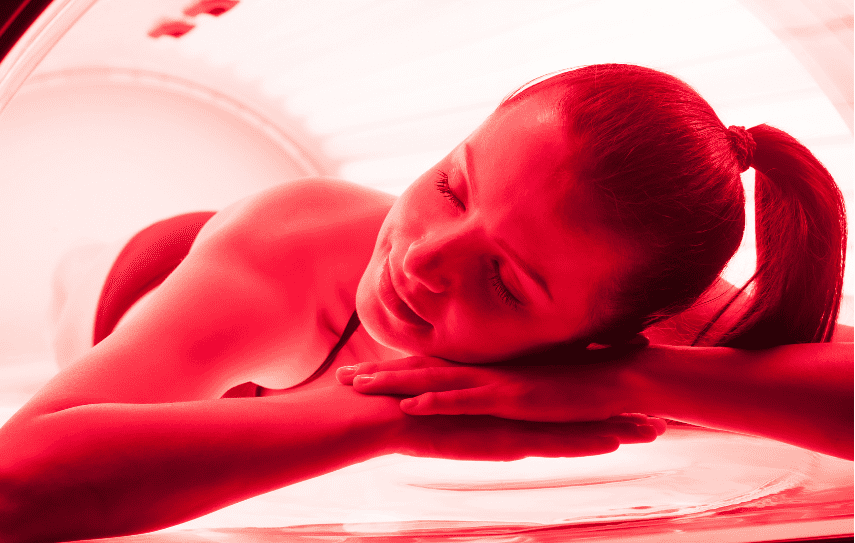
Knoxville Recovery Center Can Help
Fortunately, help is available for those battling addiction and/or mental health issues. Knoxville Recovery Center offers various services, including red light bed therapy, to those struggling in any stage of addiction or mental illness.
Addiction Treatment Services offered:
Detox – Our on-site detox clinic accommodates and supports clients as the body sheds all residual traces of addictive substances. Clients are under medical supervision during the detox process to ensure that they remain safe and comfortable.
Addiction Treatment – During our addiction treatment program, clients will engage in introductory therapies and exercises that work to prepare them for continued, more intensive treatment outside of our facility. The goal of our addiction treatment track is to stabilize clients so that they are treatment-ready.
Mental Health Treatment – Our mental health treatment program introduces behavioral therapies rooted in self-expression and holistic exercise. Art therapy, music therapy, and yoga are just a few forms of therapy we offer at the center. Our goal is to help the client reclaim their voice and expose them to treatment within a professional facility.
Aftercare Planning – Aftercare is designed for individuals who have benefitted from our introductory addiction services and are transitioning into a more intensive addiction treatment program. Once a client is stabilized, they will be encouraged to pursue continued addiction treatment. Our experienced case managers will then work with our clients to place them in a program that addresses their specific wants and needs.
If you feel that you or a loved one is struggling and needs help, our specialists are on standby and ready to help. Contact us or call Knoxville Recovery Center and speak with an expert today.



